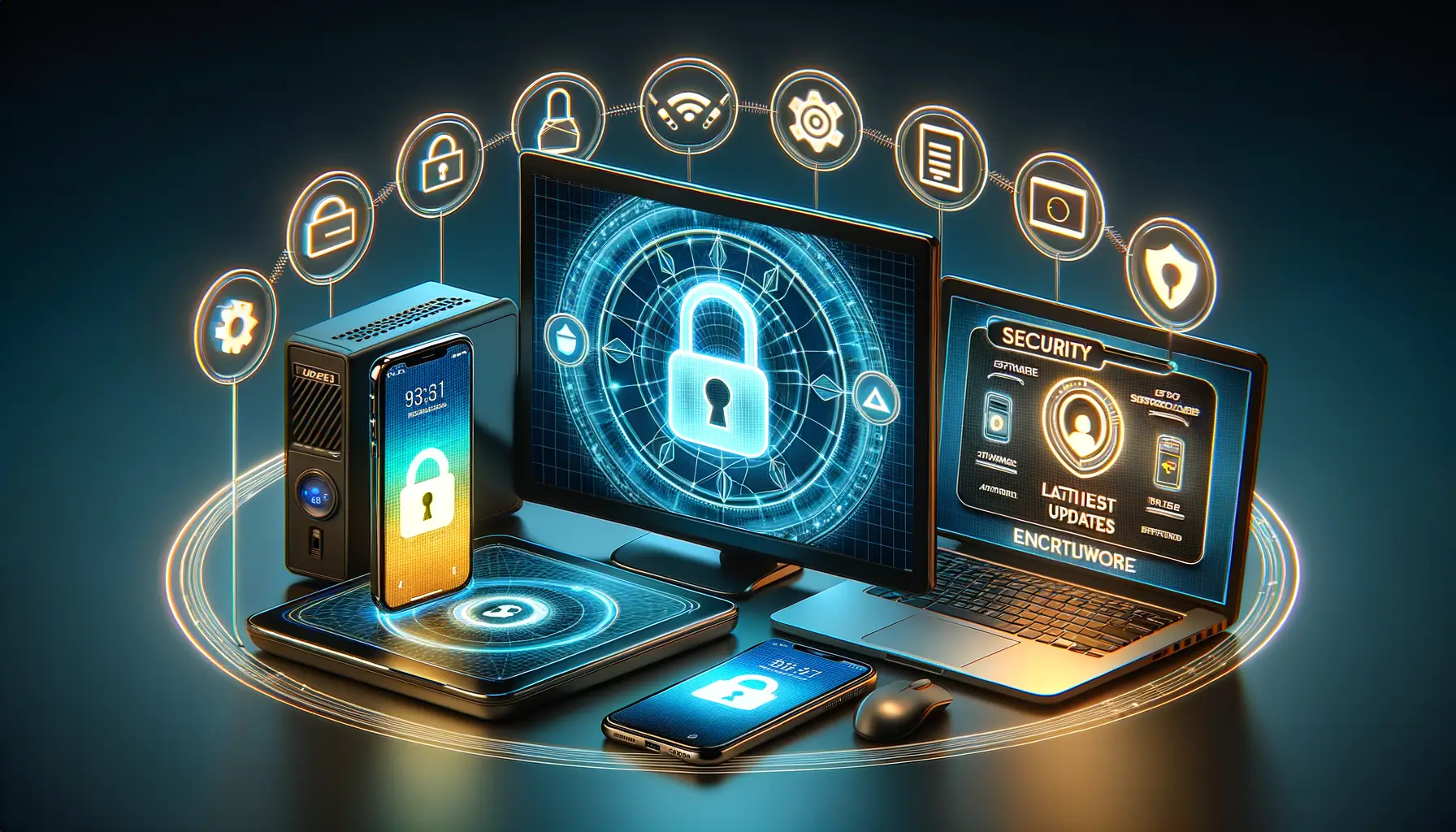Understanding Ransomware and Its Threats
What Exactly is Ransomware?
Imagine waking up to find your digital world locked behind an unbreakable barrier, with a cold, faceless message demanding payment in exchange for freedom. That’s ransomware—a type of malicious software designed to hijack your files or systems until you pay a ransom, often in untraceable cryptocurrency like Bitcoin.
It’s not just something that targets big corporations either. Whether you’re a parent storing priceless family photos or a freelancer relying on project files, **ransomware can target anyone**. The attackers? They exploit weaknesses—outdated software, suspicious email links, or even clever pop-ups disguised as friendly alerts.
How Ransomware Creeps Into Your Life
Picture this: you’re scrolling through your inbox, and there it is—an urgent email that looks legit. One careless click later, and the trap is set. Here’s how ransomware typically infiltrates:
- Phishing emails: These trick you into downloading harmful attachments or clicking bad links.
- Malicious websites: Sometimes a harmless visit to a shady page can trigger an infection.
- Compromised apps: Installing unofficial or outdated software might open the door for an attack.
The key here? **Ransomware thrives on moments of distraction or trust.** It doesn’t knock politely; it sneaks in when you least expect it, ready to leave chaos in its wake.
Best Practices to Safeguard Your Devices

Shielding Your Devices Like a Pro
Your devices are more than lifeless gadgets—they carry your memories, your work, and your life’s rhythm. Safeguarding them isn’t just tech maintenance; it’s self-defense in a cyber-jungle. Imagine leaving your front door wide open with a “Welcome!” mat for thieves. That’s what unsecured devices are to ransomware hackers. Let’s lock those digital doors tight.
Use strong, unique passwords. Think of them as the keys to your kingdom. No, “123456” or “password” won’t cut it anymore. Get creative—combine phrases, numbers, and symbols like a digital chef mixing ingredients.
Enable automatic updates. Software updates aren’t an inconvenience; they’re like boosters shields for your device. Hackers exploit outdated systems—it’s practically their hobby.
Install reliable antivirus software. No, not the free trial that nags you to upgrade. Invest in a robust package. It’s the equivalent of hiring a vigilant bodyguard for your data.
- Avoid clicking on shady links or attachments. If it smells fishy, toss it out.
- Disable macros in suspicious documents. Don’t let a single click ruin your life!
Technology doesn’t protect itself—you’re the hero of this story. Equip yourself wisely.
Importance of Regular Data Backups

Why Backups Are Your Secret Weapon
Imagine this: you’re sipping coffee, your laptop perched like a trusted companion. Suddenly, a pop-up—a foreboding ransom note—shatters your peace. Everything you’ve worked on, from cherished family photos to critical work documents, is locked away. A chilling scenario, right? This is exactly where regular data backups swoop in like your personal superhero.
When it comes to battling ransomware, a solid backup strategy isn’t just a luxury; it’s your lifeline. Why? Because even if cybercriminals try to hold your data hostage, you’ve already got an ace up your sleeve. With accessible copies of your files safe and sound, their threats lose all their sting.
- Automated backups make your life easier—no need to remember to hit “save.”
- Cloud-based backups keep you covered even if your devices are stolen or damaged.
- An external hard drive can serve as a safety net when offline storage is your preference.
Think of backups as your digital “undo” button. It’s the difference between sleepless nights worrying about lost data and confidently saying, “Nice try, ransomware.” So, is it time to double-check your backup plan?
Tools and Software for Ransomware Prevention

Smart Shields: Must-Have Ransomware Defense Tools
Protecting your devices from ransomware isn’t just smart—it’s essential. Think of cybersecurity tools as your digital bodyguards, ready to jump into action when a threat appears. Luckily, there’s a wide array of programs designed to stop ransomware in its tracks, each with a specific role in fortifying your system.
First, you’ll need solid anti-ransomware software. These tools are like detectives, scanning for unusual behavior. Options like Bitdefender Anti-Ransomware or Malwarebytes actively block malicious files before they can wreak havoc.
Consider adding a strong firewall, too—think of it as the castle wall that keeps intruders out. Solutions like ZoneAlarm, for instance, allow you to monitor and control what gets in and out of your network.
Extra Cybersecurity Layers You’ll Thank Yourself For
Remember the phrase “prevention is better than cure”? That’s where multi-layered security solutions shine. Here’s what you should have in your arsenal:
- Email filtering tools: These act like vigilant gatekeepers, scanning attachments and links before anyone clicks. Look into options like Mimecast or Proofpoint.
- Endpoint protection platforms: Tools like Symantec Endpoint Security combine antivirus, encryption, and device control for all-around armor.
By using these tools, you’re not just building walls—you’re installing high-tech locks, motion sensors, and even a strategy for worst-case scenarios.
Steps to Take If You Are a Victim of a Ransomware Attack

Take a Deep Breath and Assess the Situation
The moment you realize your files are locked, panic is an expected guest. But don’t let it linger too long. First things first: disconnect your device from the internet. Why? To stop that ransomware from spreading like an unwelcome wildfire to other devices on your network. Think of it as pulling the plug on a dangerous situation.
Once you’re offline, take a closer look. Are you greeted by a ransom note demanding payment in cryptocurrencies, promising to “release” your files? Don’t pay just yet (or at all). Paying is not a guarantee they’ll return your data—it may simply mark you as an easy target for future attacks.
Act Swiftly With These Steps
To tackle this head-on:
- Alert your IT team or a cybersecurity professional: If you’re part of a business, time to call in reinforcements. They can guide you without worsening the situation.
- Report it: Contact local authorities or agencies like the FBI’s Internet Crime Complaint Center (IC3)—yes, that’s a thing you should absolutely do!
- Use decryption tools: Some free options exist, such as No More Ransom, which may help recover your files without paying a dime.
Staying calm, informed, and deliberate is key here. This isn’t just troubleshooting a frozen browser tab—this is about reclaiming control!







